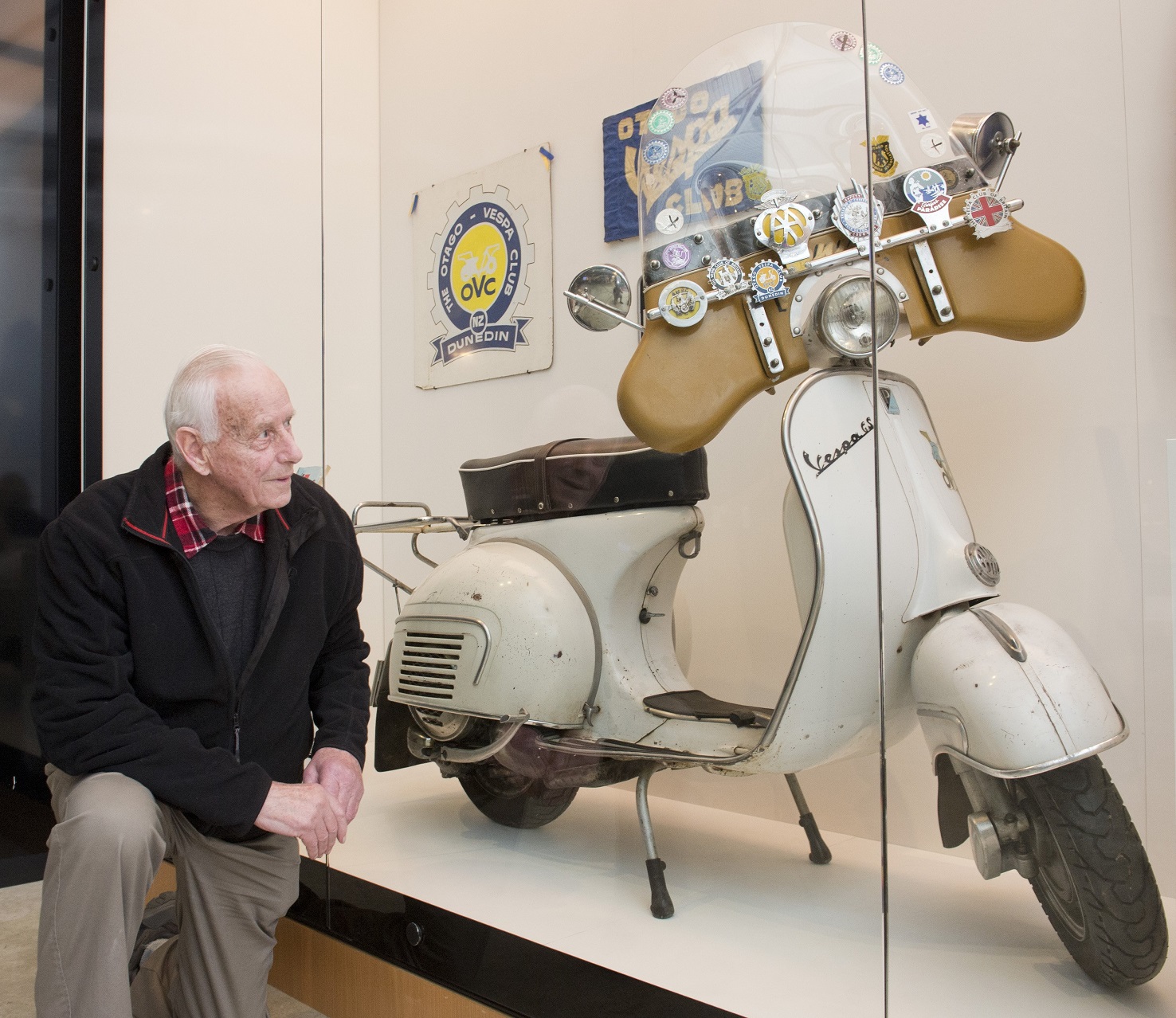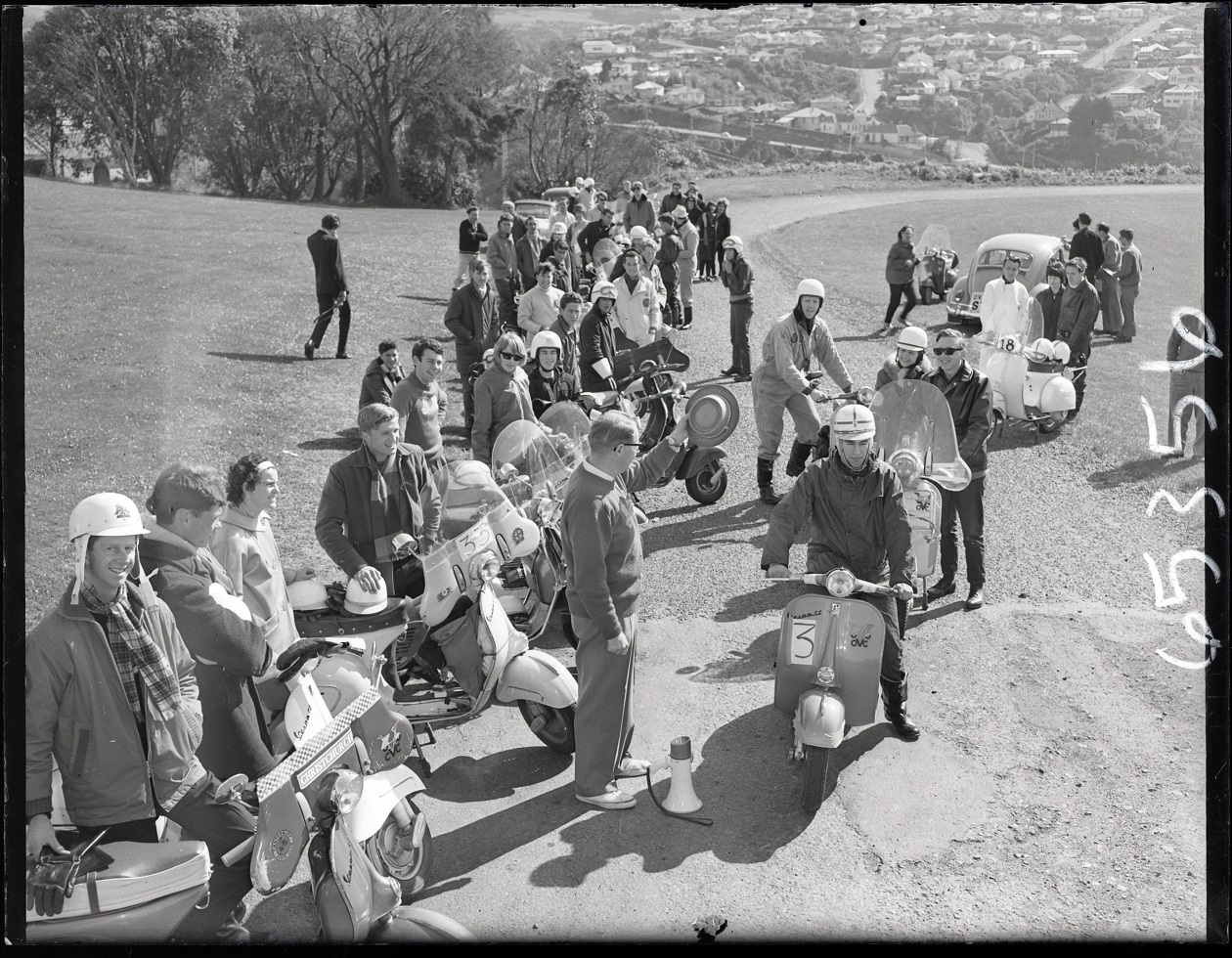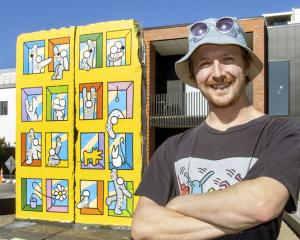
This Friday, the club’s contribution to the fabric of Otago’s community is being recognised with a spot at Toitū Otago Settlers Museum.
Otago Vespa Club founding member Gary Douglas said Vespas became very popular in Dunedin in the 1960s and were more than just a mode of transport.
"It was a community."
The club organised trips around New Zealand for members and hosted display events for the community.
The club performed in front of a crowd of about 70,000 people at the Easter Show in Auckland in 1964 where they performed stunts and tricks on their Vespas.
The club also played an important role during the 1963 New Zealand royal visit, when it was commissioned to assist the Dunedin City Council’s traffic department with ancillary traffic control.
Mr Douglas’ Vespa was in the first batch to arrive to Dunedin in 1959.

The club’s members were still in touch with each other and 49 of them would be coming from as far as Nelson and Westport to celebrate the opening of the exhibit at the Settlers Museum.
The exhibit included a 1964 Vespa 160 GS, club memorabilia and a projection of footage shot by Mr Douglas on a Pentacon AK8 8mm camera.
Otago Vespa Club researcher Marco Zilioli had noticed the transport section of the museum was missing a mention of the Vespa’s contribution to the community in Dunedin.
He said Vespas had bridged the gap for people who could not afford cars.
"There was a bit of a scooter-mania and here it was big because it provided transport for a lot of people."
The club was a beautiful example of belonging and it was a perfect fit for the museum because it had the obvious links to transport but also the social history of the community.
The exhibit will be open until early next year.












